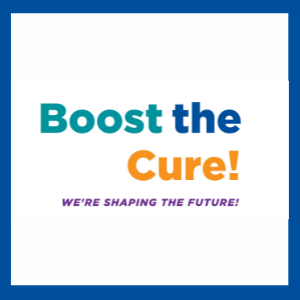Have you heard?
The National Foundation for Ectodermal Dysplasias (NFED) is making some noise in the world of ectodermal dysplasias!
We are shaping the future, with new research studies and breakthrough treatments that are already changing lives.
Every step of the way, we hold one vision clearly before us. Together, we work to minimize the dramatic effects of ectodermal dysplasias and enable our families to confidently look forward to a future filled with confidence and hope.
2021 is the Year of Research
Research is at a critical point. Current projects place us on the threshold of several exciting breakthroughs:
- Alleviating symptoms of the most common ectodermal dysplasia, the inability to sweat and missing teeth.
- Developing skin and corneal tissue regeneration therapies.
- Investigating how recent synthetic protein replacement therapy might work in various forms of ectodermal dysplasia.
- This October, the NFED is hosting an International Research Conference, “Translating Discovery to Therapy.” We’re bringing leading researchers together to share findings and collaborate on developing early diagnostics and new treatments.
But these things only happen through decades of careful study, testing, steps forward, steps back, and the love and devotion of parents and families and you!
That’s why your support is so important.
A History of Discovery
1962
Dr. Robert Goltz first describes focal dermal hypoplasia (FDH), an uncommon genetic disorder affecting tissues of ectodermal and mesodermal origin. It is also known as Goltz syndrome or Goltz-Gorlin syndrome.
1989
The NFED awards its first research grant to Dr. Jon Zonana to study x-linked hypohidrotic ectodermal dysplasia (XLHED).
1996
Dr. Zonana and a team of researchers identify the gene responsible for XLHED.
2004
Drs. Pascal Schneider and Olivier Gaide receive NFED support and create a recombinant protein called APO200 (now known as ER-OO4) and use it to replace the missing protein in tabby mice with XLHED.
2005
The NFED significantly expands its Research Program.
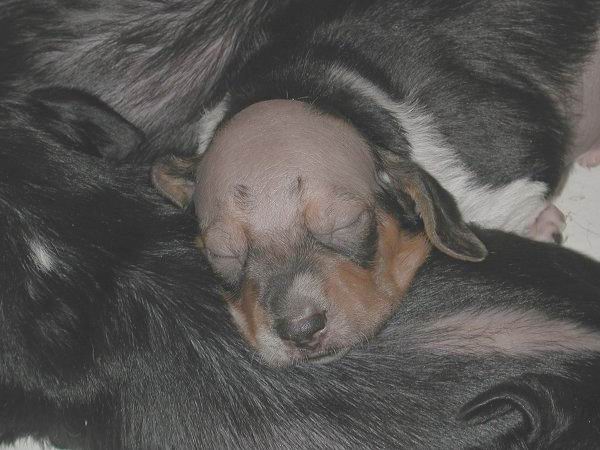
2007
With grant support from the NFED, Dr. Margret Casal successfully uses APO200 (ER-OO4) to treat canine ectodermal dysplasia. The treated canines had significant improvement in dentition and sweat ability.
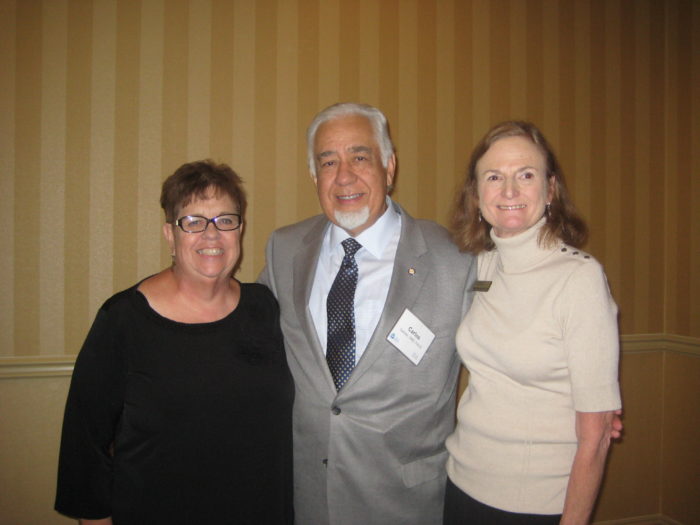
2008
Dr. Carlos Salinas leads project to more clearly define ectodermal dysplasia and create a new classification system.
2010
The NFED launches the Ectodermal Dysplasias International Registry.
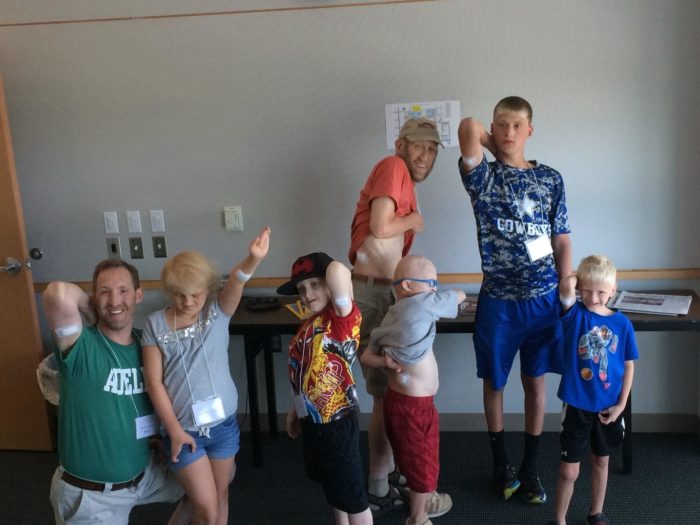
2015
Dr. Maranke Koster collects skin samples at the NFED Family Conference to assist in her study of p63 syndromes, including ectrodactyly-ectodermal dysplasia-clefting (EEC) syndrome and anykloblepharon-ectodermal defects-cleft lip and/or palate (AEC) syndrome. The overall goal is to develop a strategy for the treatment of skin erosion in AEC and EEC patients by generating healthy replacement skin that will not be immunologically rejected by the patients.
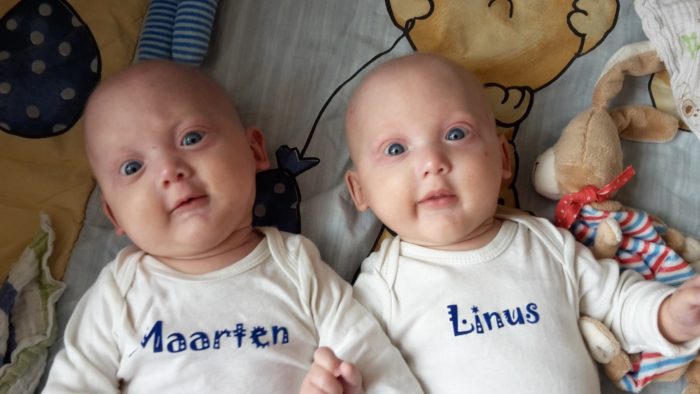
2016
In Germany, twins with XLHED are given EDI200 (ER-004) in-utero in a “trial to cure” dispensation from the government. Promising early results showed several additional tooth buds, salivation and working sweat glands.
2017
Drs. Maranke Koster and Peter J. Koch receive NFED grant to study and identify the basis for skin and eye abnormalities that occur in patients affected by AEC and EEC.
2017
EspeRare secures the rights to EDI200 and renames it ER-004.
2019
Classification system is released and published in the American Journal of Medical Genetics in January, 2019: “Ectodermal Dysplasias: Classification and Organization by Phenotype, Genotype and Molecular Pathway.”

2019
In partnership with Dr. Richard A. Lewis and Baylor College of Medicine, the NFED supports his “Type Unknown Study,” by working with families without a specific diagnosis to learn more about the genetic roots of ectodermal dysplasias.
2020
Emily Nelson travels to Erlangen, Germany to work with Prof. Holm Schneider to receive ER-004 in-utero for her unborn son affected by XLHED. Finley Martin Nelson is born with working sweat glands, salivation and additional tooth buds, according to his parents.
2020
The United States Food and Drug Administration grants Breakthrough Therapy Designation to ER-004 which expedites its development for clinical trials in the United States.
2021
Laura Reiser travels to Germany and works with Dr. Schneider to also receive ER-004. Her son, Bennett, is affected by XLHED and is born with working sweat glands, according to Laura.
2021
The clinical trial, “Intraamniotic Administrations of ER004 in Male Subjects With X-linked Hypohidrotic Ectodermal Dysplasia (EDELIFE)”, posts on ClinicalTials.gov.
The Promise of Breakthroughs…A Future of Hope
There is so much on the horizon. We are forever in motion as we explore treatment and cure options for the many forms of ectodermal dysplasias. We are envisioning a day where individuals with ectodermal dysplasias are not at all limited due to the mere physical effects of their syndrome.
You are such an important partner as we follow this path of breakthrough treatments and potential cures.
But to achieve these things, we need a little BOOST along the way! We need you.
Will you help us support these important life-changing human needs?
Here’s how you can invest in life-changing research!
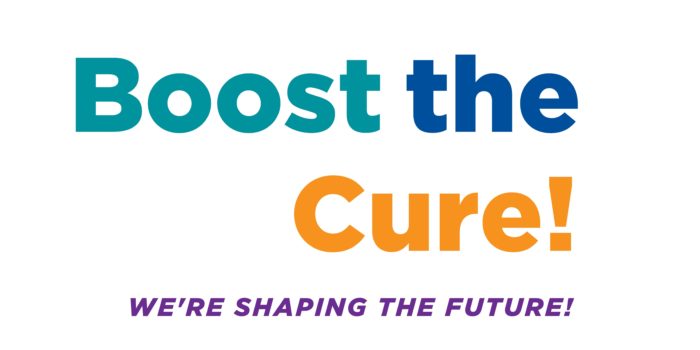
Make Your Gift Today!
DonateTo Shape the Future with your gift, donate online, text BOOST2021 to 41444 – or call us at 618.566.2020.
CELEBRATE WITH NFED!

Virtual Family Trivia & Research Celebration
August 28, 2021 – 6:15 p.m. CST
Boost the Cure gifts will help the NFED fund research projects and conferences, identify effective treatments, pursue potential cures, support clinical trials, and expand the understanding of ectodermal dysplasias. Learn more about what the NFED has achieved with your help – and where we are headed.
